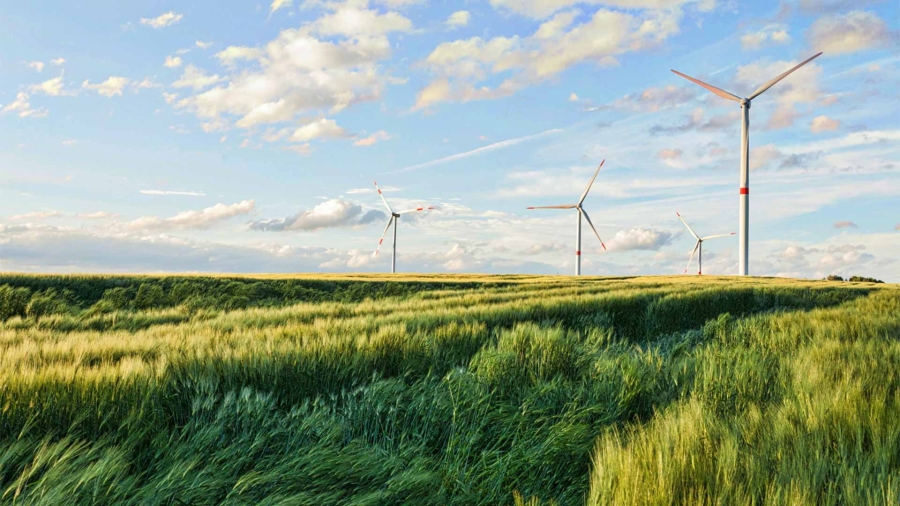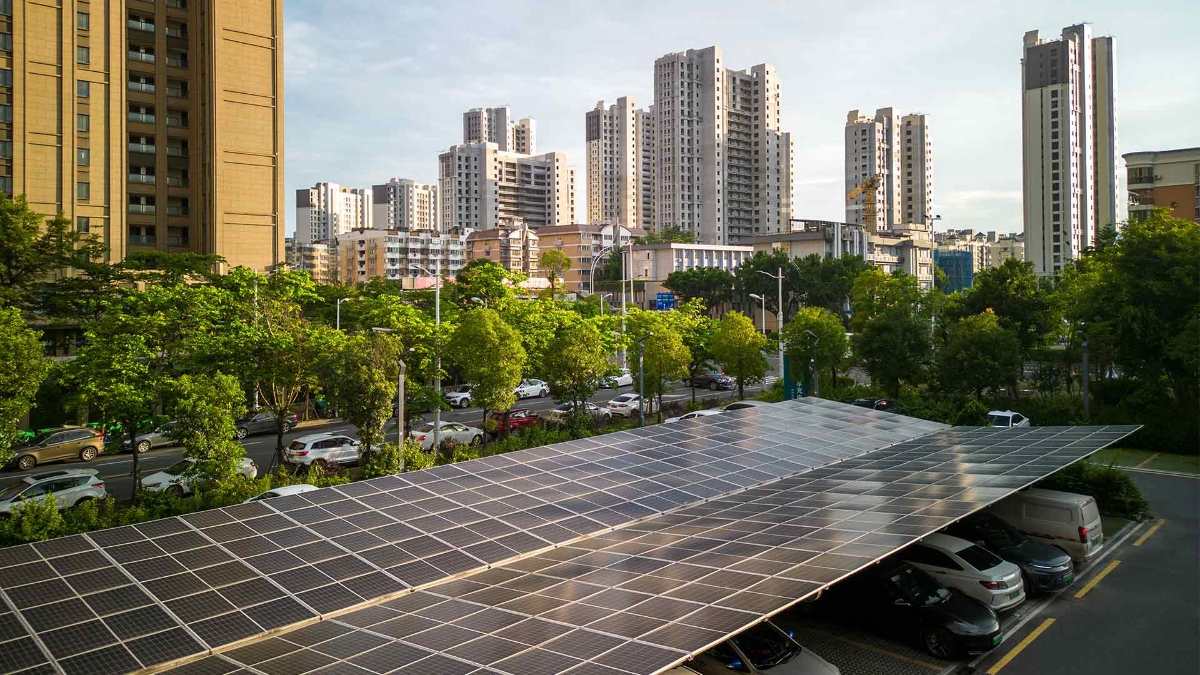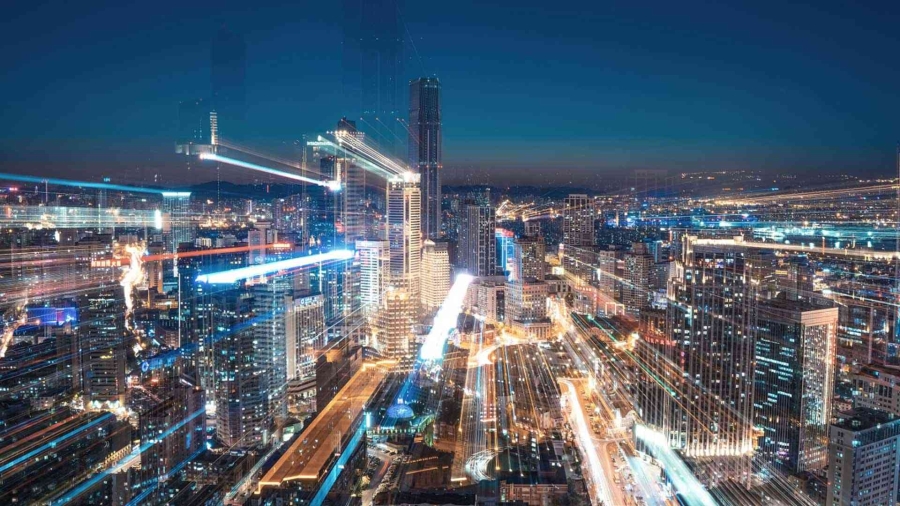This piece was developed based on a conversation with Gwenaelle Avice-Huet.
Today’s geopolitical tension and the resulting energy crisis are impacting everything from inflation and trade to national debt. After a decade of progress in widening access to energy, the pandemic and the war in Ukraine have started turning back the clock.
The number of people without electricity had been dropping by 9% a year between 2015 and 2019, and between 2019 and 2020 the figure decreased from 770 million to 733 million. The pandemic and global disruption, however, have now caused the rate of decrease to slow, and may even have reversed some gains.
“We were making some progress but not nearly enough, and the Ukraine crisis, combined with the pandemic, is pushing people back into poverty, and gains in energy access are unraveling,” says Tracey Crowe, senior director and chief of staff at Sustainable Energy for All, a Vienna-based NGO.
Yet there are fragile signs of hope. Growing political attention to energy inequality, the falling cost of renewables and the success stories of innovative delivery mechanisms like decentralized energy can turn the current crisis into an opportunity to finally transform a legacy energy system into a resilient, sustainable, and future-proof infrastructure that works for everyone.
Long-term thinking
While Russia’s invasion of Ukraine took many by surprise, experts had warned for years about the fragility and risk of a fossil fuel-based energy system. “This crisis did not come out of the blue. We have been in an energy crisis for a long time,” says Stefan Bouzarovski, professor of human geography at the UK’s University of Manchester. “This is the culmination of a long process of policy failures around the massive energy injustices that exist across the world.”
Energy poverty is a result of complex, systemic inequalities that exclude some people from having secure and reliable energy at an affordable price. Today’s crisis has, experts argue, put the issue on the political agenda like never before, as evidenced by the huge financial support packages being offered to consumers and businesses in countries like the UK and Germany.
Mr Bouzarovski says the rollout of energy support measures in parts of Europe is happening at a pace and intensity that “we haven’t seen in a long time”. While the financial costs are vast, he notes that the false economics of past underinvestment created today’s vulnerability. “If we had insulated our homes earlier, we wouldn’t be paying £80 billion [in the UK] now.”
The falling cost of renewable energy means countries can now double down on the net-zero agenda—and have even more reason to do so as the flaws and hidden costs of fossil fuels become painfully clear. “Over the past few years, we've seen the cost of renewables coming down significantly, to the point where in many cases, in many countries, renewables are the most cost-effective option over fossil fuels. Some new projects are even cheaper than coal plants,” says Ms Crowe.
Start with political vision
Achieving energy access for all requires political vision, partnerships with the private sector, and a transition plan that reaches down to the local and even neighborhood levels. “To ensure sustainable progress, it is important for governments, the private sector, and business leaders to make sure access remains a top priority in international and domestic agendas and to include it in [COVID-19] recovery plans,” says Gwenaelle Avice-Huet, chief strategy and sustainability officer at Schneider Electric. A global leader in energy management and digital automation, Schneider Electric—one of the most sustainable companies globally—runs programs to support those with little or no access to energy,
Ms Crowe says that countries need clear, quantitative goals to set the direction. As an example, she cites Rwanda’s 2024 target for full access to electricity and clean cooking by 2030. Nigeria, which has the world’s largest population without access to electricity, also has a forward-looking transition plan that factors in the full spectrum of final energy use, from increased electrification to clean fuels and technologies for cooking and cold chains, says Ms Crowe. It also accommodates both the conventional power grid and the crucial off-grid and mini-grid sectors. “This allows the government and the private sector to make decisions on the best use of their funds and really target, down to the community level, what’s viable.”
This level of localization is essential to net-zero transition. The old structure, with a small number of large power stations feeding energy to millions of customers, was the product of fossil fuel-based energy systems. In a net-zero world, energy production and consumption will necessarily be more distributed and ubiquitous.
In the UK, Mr Bouzarovski calls for “a national energy advice ecosystem—just like a national health service—to help connect people to services”. In such a model, he argues, health practitioners and social services would be joined up and know who is vulnerable to energy poverty or who might benefit the most from energy efficiency interventions. “We are ending up in a situation where it’s only those who have the infrastructure or the right kind of housing who can afford these [net-zero] measures. We need networks of advice and support at the neighborhood level that can connect whole communities with builders and [solar panel] installers.”
No more status quo
Developing countries can leapfrog conventional energy infrastructure entirely. For Ms Avice-Huet, distributed renewable energy—energy generated at or near to the place of consumption, like solar panels and small wind turbines—holds the key to achieving most of the UN’s 17 SDGs. Indeed national electricity access plans integrating both centralized and decentralized solutions, adapted to the local context, are already showing benefits.
“At the crossroads of energy access, socio-economic development, and the climate crisis, distributed renewables and energy efficiency measures are powerful allies,” says Ms Avice-Huet. “They offer communities clean, safe and reliable electricity that powers livelihoods and unlocks economic opportunities, mitigates the impacts of climate change and spurs local green job creation.”
Enhancing access to clean, reliable electricity boosts local businesses. Among a number of benefits, it allows them to extend operating hours, raise productivity, store perishable goods longer, and improve working conditions, for example. One Schneider Electric project in India connected solar-powered irrigation pumps to a microgrid, enabling villagers to generate their own power using on-site solar panels and providing the energy needed to harvest rice and sugarcane.
“The project has increased the number of harvests the villagers can bring in from one a year up to two, or sometimes even three. And it has improved reliability and even generated new income, as the village can sell any excess energy the panels generate to the local grid operator,” says Ms Avice-Huet.
Schneider Electric’s Access to Energy program has been developing green and affordable electricity solutions since 2009. Its work feeds into the broader ambitions of Schneider’s Sustainability Impact program which includes ensuring access to green electricity for 100 million people by 2030. In 2017, for example, Schneider Electric and its Foundation partnered with the Mastercard Foundation and the International Rescue Committee in the Ivory Coast to train and equip 1,250 unemployed young people—60% of them women—with the skills to set up electricity and solar energy businesses.
And that’s a global trend. The recently published International Energy Agency global energy labor markets assessment, the first such study of its kind, showed that more jobs are being created in the clean energy sector than in fossil fuel industries. Far from lowering appetite for the net-zero transition, the current crisis has only underscored the faulty economics of cheap, dirty energy: indeed, the wisdom of investing in cleaner, more resilient and more sustainable energy systems that safeguard the future of our planet and its people has never been clearer.














